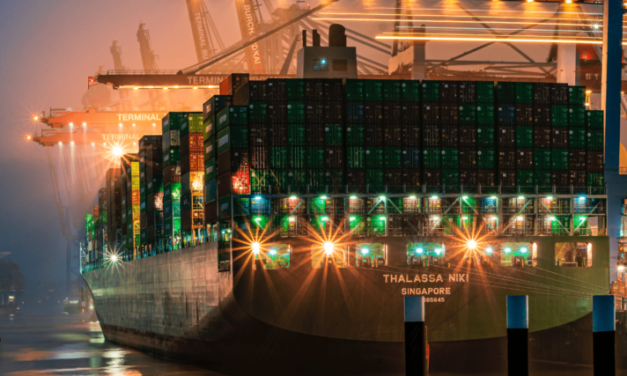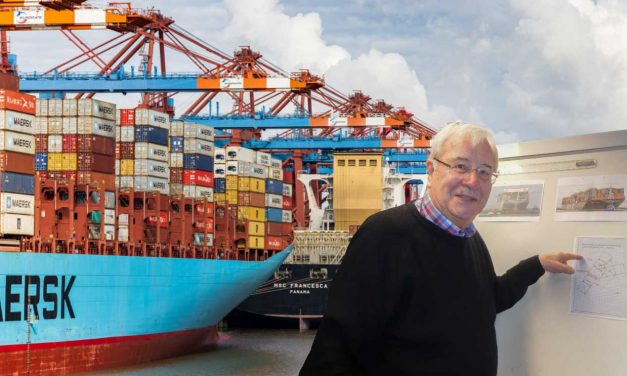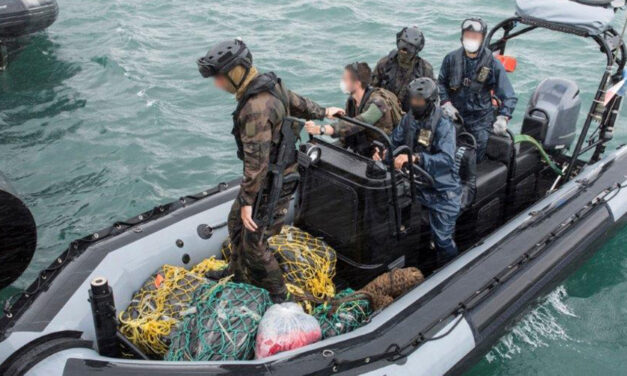Piled high, fallen low
The MSC Zoe lost hundreds of containers in the North Sea in 2019. Are similar accidents inevitable? The MSC Zoe accident, in which more than 342 containers went overboard off the Frisian Islands on the night of 2 January 2019, was apparently caused by the extreme rolling movements of the container ship in the stormy sea. At least that is the preliminary conclusion of the Federal Bureau of Maritime Casualty Investigation (BSU) in Hamburg. According to the BSU, it was assumed that the huge ship rolled back and forth so much in the choppy sea that the lugs on the containers could no longer withstand the enormous loads...
Weiterlesen






Recent Comments